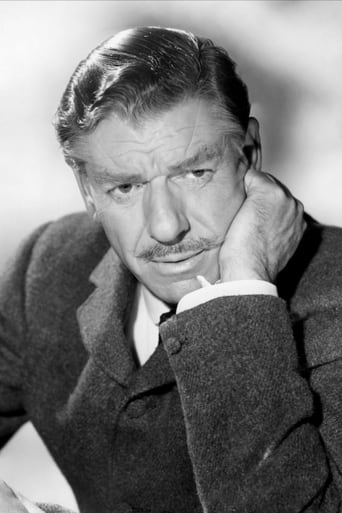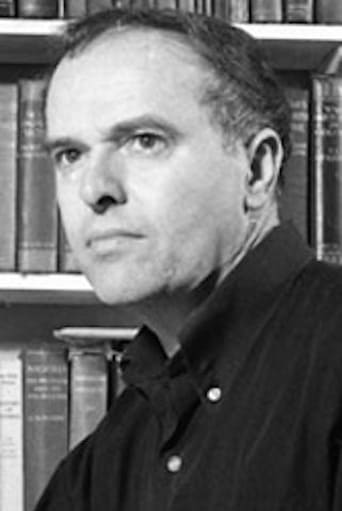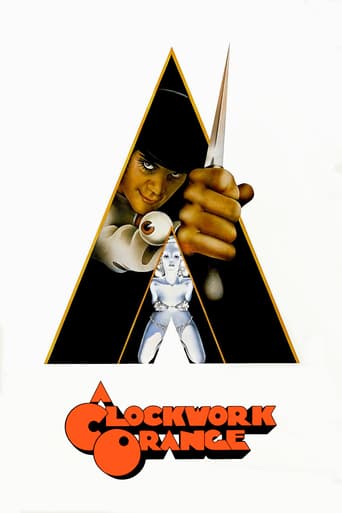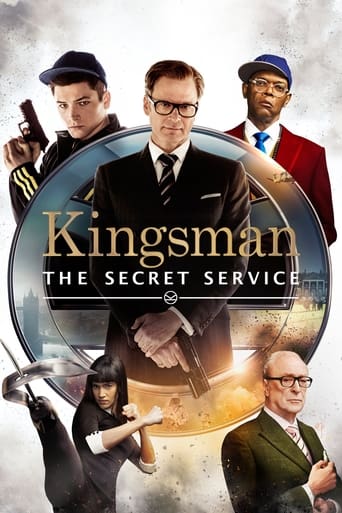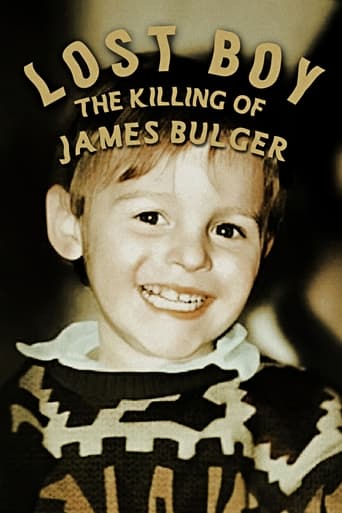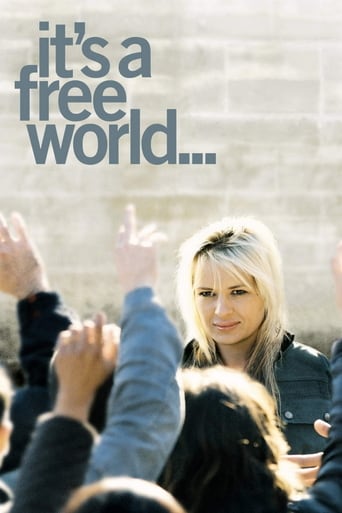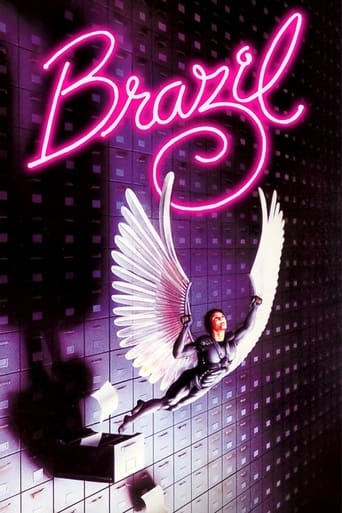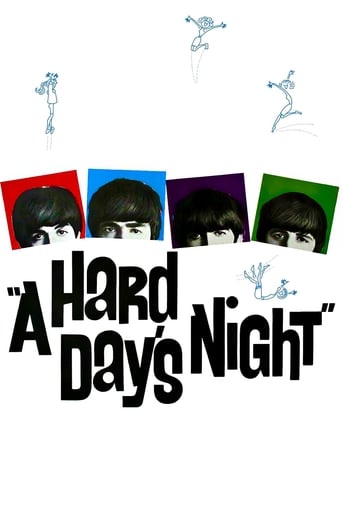
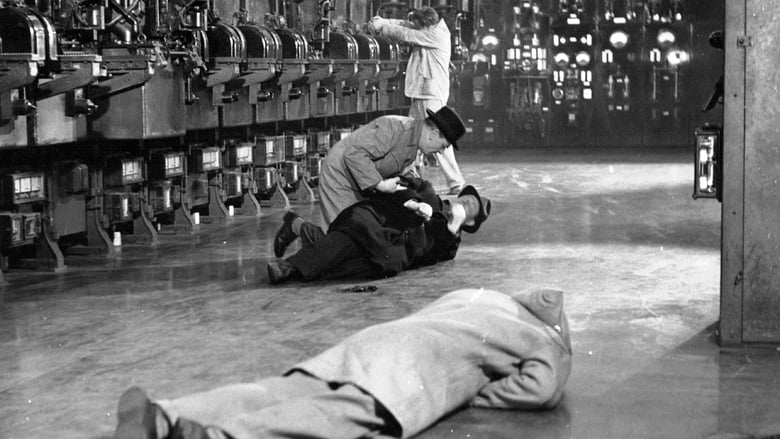
High Treason (1951)
Men from Scotland Yard and military intelligence build a dossier on a sabotage ring.
Watch Trailer
Cast
Similar titles


Reviews
It’s fine. It's literally the definition of a fine movie. You’ve seen it before, you know every beat and outcome before the characters even do. Only question is how much escapism you’re looking for.
Very good movie overall, highly recommended. Most of the negative reviews don't have any merit and are all pollitically based. Give this movie a chance at least, and it might give you a different perspective.
The storyline feels a little thin and moth-eaten in parts but this sequel is plenty of fun.
By the time the dramatic fireworks start popping off, each one feels earned.
This film is extremely cleverly made up. No one knows anything in the beginning, and the actors and audience alike are left in complete ignorance of what is going on and like the police only left with a few loose ends leading nowhere, until at last Mr Ward is caught in a picture, which provides the key to untangling the extremely comprehensive plot with its circle of saboteurs.Another key is the tutorial institute, and some of the finest scenes are from there. for instance when the inspector has to attend a music performance of thoroughly modern music not sounding very well, and you can see how he suffers, while the others pretend to understand the meaning of this abstract katzenjammer.Kenneth Griffith makes an unforgettable performance as the martyr of the intrigue, getting caught up in a web he can't extricate himself from and still making something of the hero of the drama - without him the police would never have arrived in time.Another striking performance is Anthony Nicholls as the MP making a thoroughly charming and cultivated presence with great villainy hidden beneath. His final conversation with the commodore is the top of the film with the lights efficiently going out...Notable is also Joan Hickson as the mother, playing a much more convincing and heart-rending role than her later better known ones as Miss Marple.Another vital part is Mary Morris as Anna Braun, irresistibly beautiful like an impressing viper full of venom whom you just must be paralyzed by for fascination until she stings...But the film is full of such characters. You can never imagine that Stringer is not actually played by a Russian, his accent is so perfectly Russian, and the music adds to it as well, especially at the tutorial college with its concerts as the perfect smokescreen for a truly devilish coven - the film reminds not a little of Hitchcock's "Sabotage" in its recklessly cruel set-up.
After a big explosion in the London Docks, Scotland Yard and MI5 join forces to find the ones responsible. Meanwhile the bombers, a group of communists, set their eyes on a much larger target, several power stations around the country, including London's Battersea power station. The group have enlisted a weakling shop seller as one of their helpers, but he slowly starts to crumble and fall apart. Meanwhile the investigators go over each lead and are slowly able to identify members of the group. But they don't know when the next attack will be or where.A Cold War thriller that starts with a bang and ends with a big finale inside Battersea power station. By shifting the focus back and forth between the investigators and the Communist group (which is never mentioned directly, but strongly implied), including the moments where their paths cross, the movie maintains tension and suspense. The cast isn't too well-known but contains a ton of familiar British character actors, from the lead detectives, Liam Redmond ('Night of the Demon') and André Morell ('The Bridge on the River Kwai') to the leader of the group, John Bailey ('Never Let Go') to Geoffrey Keen (Sir Frederick Gray in half a dozen James Bond movies) and so on.Directed and co-written by Roy Boulting, one half of the Boulting brothers ('Brighton Rock', 'Seven Days to Noon'), and with future acclaimed cinematographer Gilbert Taylor behind the camera ('Star Wars', 'Dr. Strangelove or: How I Learned to Stop Worrying and Love the Bomb'), this movie is expertly made. It's got a nice pace to it, and by mixing interior studio sets and exterior on-location shots in London, as well as inside Battersea power station, the movie also looks pretty nice. It's not a classic by any means, but hard to go wrong with this one.
An otherwise workmanlike British thriller with familiar overtones of anti-Communist paranoia is salvaged by a lively script that underplays the bellicose propagandizing of other, similar witch-hunts. The emphasis instead is on action and character and some colorful local dialogue, as a network of saboteurs infiltrates the highest (and lowest) levels of democracy with nefarious plots to undermine England's power structure. The enemy agents are never precisely identified (it's clear who they are long before the authorities catch them 'Red' handed), and of course they're no match for the stiff upper lips of Scotland Yard, although it takes an extended gun battle at the Battersea power station to prove it. The film was less flattering and thus less popular than its predecessor, 'Seven Days to Noon', but seen today it remains an enjoyable, well-crafted relic from the warmer days of the Cold War.
This movie would be worthy of further research - but it's popped up at 4 in the morning during an insomnia bout and it'll have to wait.... for instance, the term Communist is never used, though the plot is quote clear by implication. The foreign agent is Russian, the newspapers run headlines about military buildups in 'the East' and the saboteurs are a mix of 'militant' dockers, effete 'intellectuals' who smoke pipes, run contemporary art galleries and go to string trio recitals of work by Berg. There are of course the hapless naives enmeshed by ruthless political manipulators and terrorists - they use that word - who at the last moment realise their errors and raise the alarm in time to save the entire electricity generating capacity of the UK!I was surprised at how early on in the Cold War this film appeared as it would have been scripted/made in the year that Sen McCarthy came into prominence in the US - could it have been one of the factors that set him and the rest wolf pack on the hunt? It was actually made by one of the Boulting brothers, better known for their later comedies, though Roy made a reputation with propaganda/morale boosting titles in the 40s, so no surprise he sounded the alarums across the Iron Curtain in this title. Following more in the British tradition of that time of 'dramatised documentary', it has some remarkable scenes of seedy, filthy post-War London, using an Irish lead character to soften the obvious class divisions rampant throughout the plot, an irony no doubt, not lost on the co-writer, Frank Harvey, who also played one of the Scotland Yard team who had the shoot-out with the class enemies at the thriller's end. Frank was to die later in Sydney, Australia - which is where I saw the film, in the wee small hours. Maybe Frank is where Australia's 'hunt for Reds' came from in the 50s too..... or maybe I'm just being too naive, like this movie..... It's a great example of the way in which popular cinema can insinuate that socially and culturally specific groups can be a danger to an imagined national security by heightening the sense of 'the other' (and unknown), breeding distrust and suspicion, enabling those in power to remain secure.

